The lava eruption began shortly before 8am on January 14 (3pm Vietnam time). By noon local time, a second fissure appeared, more than 800m wide and growing wider. Then, a red lava flow poured out of this fissure and flowed towards houses in the northernmost town of Grindavik, about 40km from the capital Reykjavik.
gruesome scene
The molten lava flow broke through the earth and rock barriers that were meant to prevent the lava from reaching the town of Grindavik. As a result, by early this morning (Vietnam time), several buildings in the town were on fire.

Scene of lava eruption on January 14
"According to initial images taken by the Icelandic Coast Guard's reconnaissance helicopter, a gap has opened on both sides of the barrier north of Grindavik," the Icelandic Meteorological Office said in a statement, AFP reported. Video footage from the Icelandic Coast Guard shows huge lava fields and a fire barrier rising into the night.
The pressure from the lava forced authorities to carry out a second evacuation in less than a month. Residents quickly fled, abandoning their homes and livestock. Víðir Reynisson, director of the National Police Office, confirmed to local media that "no one is allowed to enter Grindavik until we are sure that everything is safe."
Volcano erupts in Iceland, threatening to "swallow" a town
As of January 14 (local time), Iceland's civil aviation operations have not been affected, and Keflavik Airport remains open. However, lava flows continue to flow into the town of Grindavik and more homes and structures are expected to be threatened.
The risk is increasing.
Lovísa Mjöll Guðmundsdóttir, a disaster expert at the Icelandic Meteorological Office, warned that the risk of more lava openings could not be ruled out. "Satellite data shows that more lava is being added to the tunnel and there is a possibility of more lava openings," Reynisson, the police chief, also cited information from the Icelandic Meteorological Office to warn that there is a risk of more lava flowing in the coming hours.
While many of Grindavik's residents were evacuated at 3 a.m. local time on January 14, about 200 of the town's nearly 4,000 residents decided to stay despite warnings. Over the night of January 14 and into the early morning of January 15, the Icelandic National Police recorded 200 earthquakes and Grindavik's power went out at 5 a.m. local time.
At a press conference, Icelandic Prime Minister Katrin Jakobsdottir called January 14 "a dark day for Grindavik and all Icelanders. But the sun will rise again." And in a message to the nation the same day, President Guðni Th. Jóhannesson called on people to keep hope.
Meanwhile, the Morgunblaðið newspaper on January 15 published images of lava "swallowing" the town. Locals were also shocked by the scene of devastation in the town. "In a small town like this, we are like a big family, we know each other like family, and it is really tragic to see such a scene," AFP quoted Ari Gudjonsson, 55, who works in the fishing industry.
Watch lava engulf homes in Iceland volcano eruption
Iceland has 33 active volcanoes, the highest in Europe. The January 14 eruption was the fifth in two years, with the last one occurring in the same area on December 18, 2023. At that time, the eruption began at the Svartsengi volcano system and reached Grindavik after all residents had been safely evacuated.
The most serious volcanic eruption in recent times was the 2010 Eyjafjallajokull eruption, which created ash clouds that filled the atmosphere and caused widespread air disruption in Europe.
Source link


![[Photo] Living witnesses of the country's liberation day present at the interactive exhibition of Nhan Dan Newspaper](https://vstatic.vietnam.vn/vietnam/resource/IMAGE/2025/4/27/b3cf6665ebe74183860512925b0b5519)
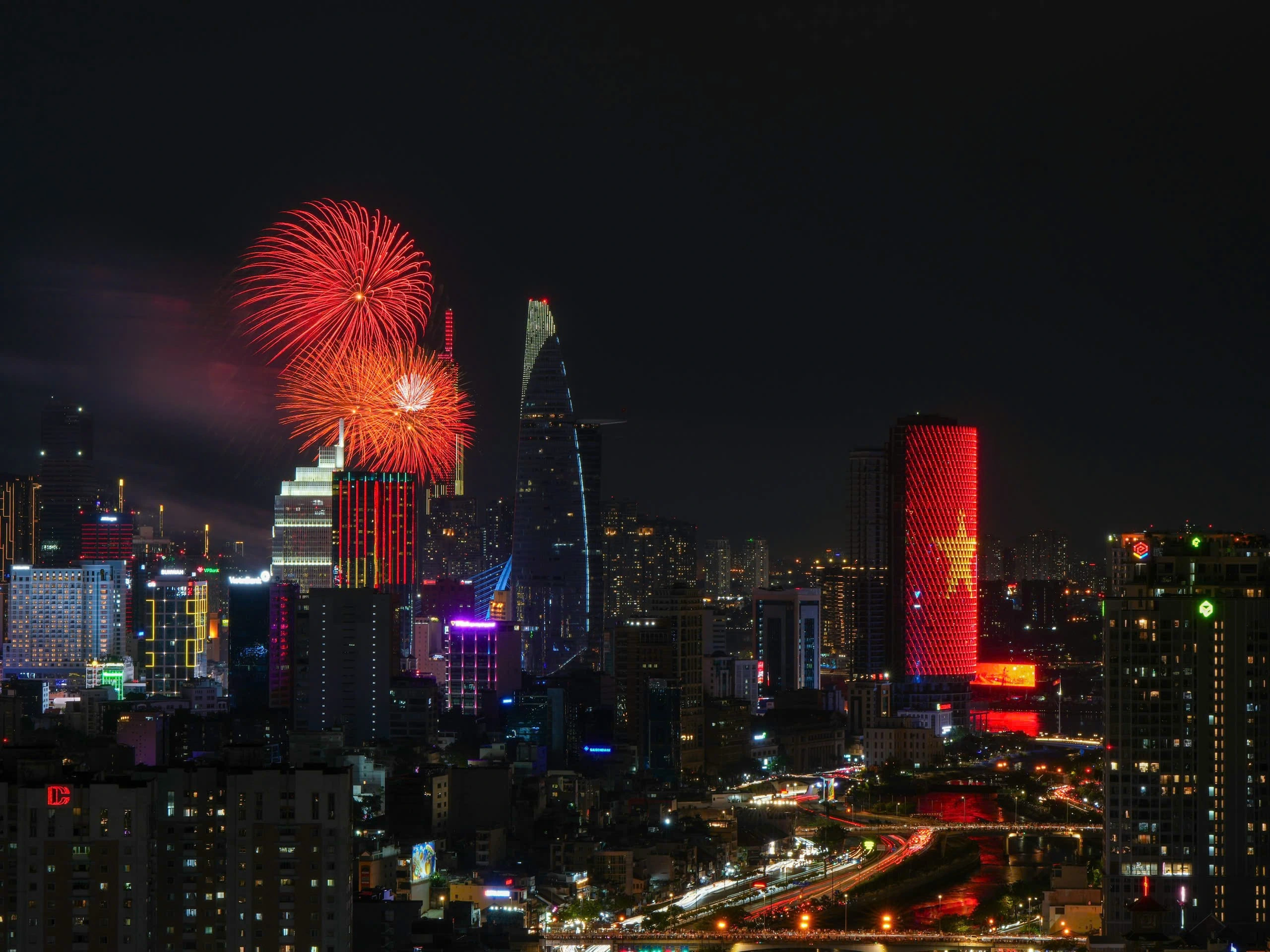
![[Photo] Japanese Prime Minister's wife visits Vietnamese Women's Museum](https://vstatic.vietnam.vn/vietnam/resource/IMAGE/2025/4/27/8160b8d7c7ba40eeb086553d8d4a8152)
![[Photo] General Secretary To Lam's wife and Japanese Prime Minister's wife make traditional green rice cakes together](https://vstatic.vietnam.vn/vietnam/resource/IMAGE/2025/4/27/7bcfbf97dd374eb0b888e9e234698a3b)
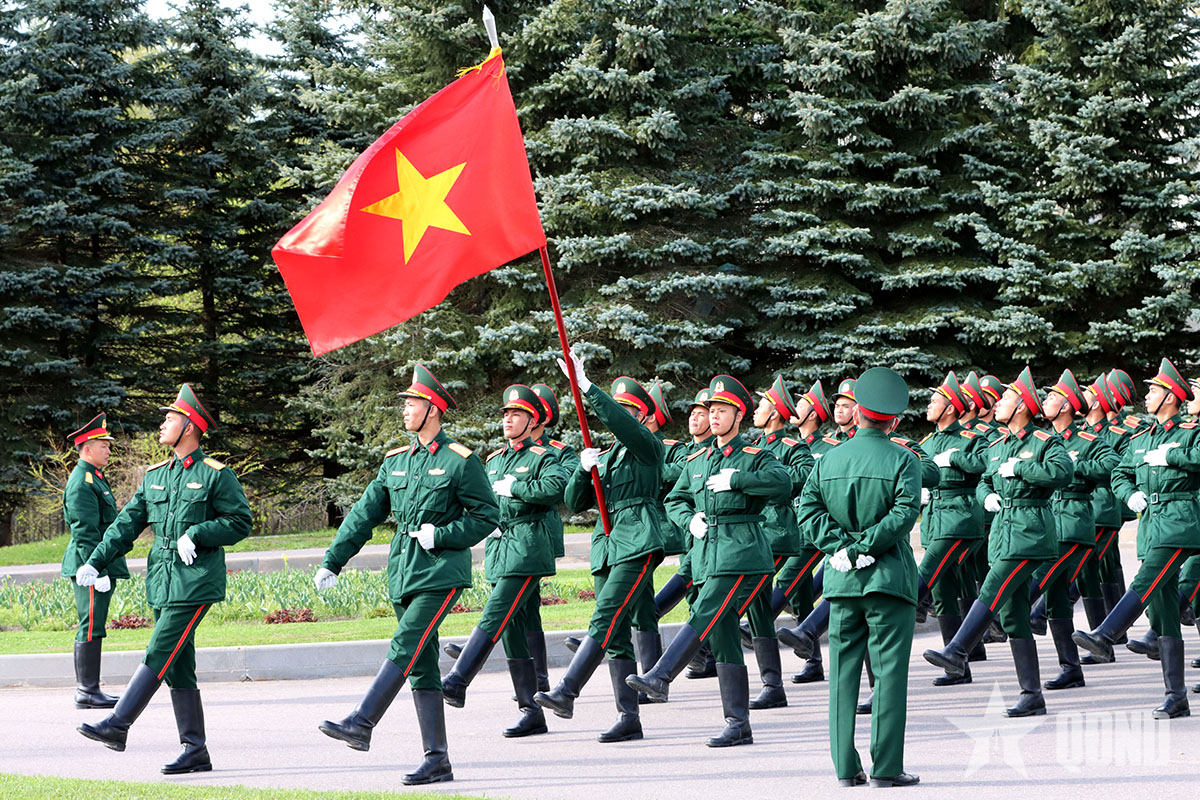
![[Photo] Fireworks light up Hanoi sky to celebrate national reunification day](https://vstatic.vietnam.vn/vietnam/resource/IMAGE/2025/4/28/5b4a75100b3e4b24903967615c3f3eac)
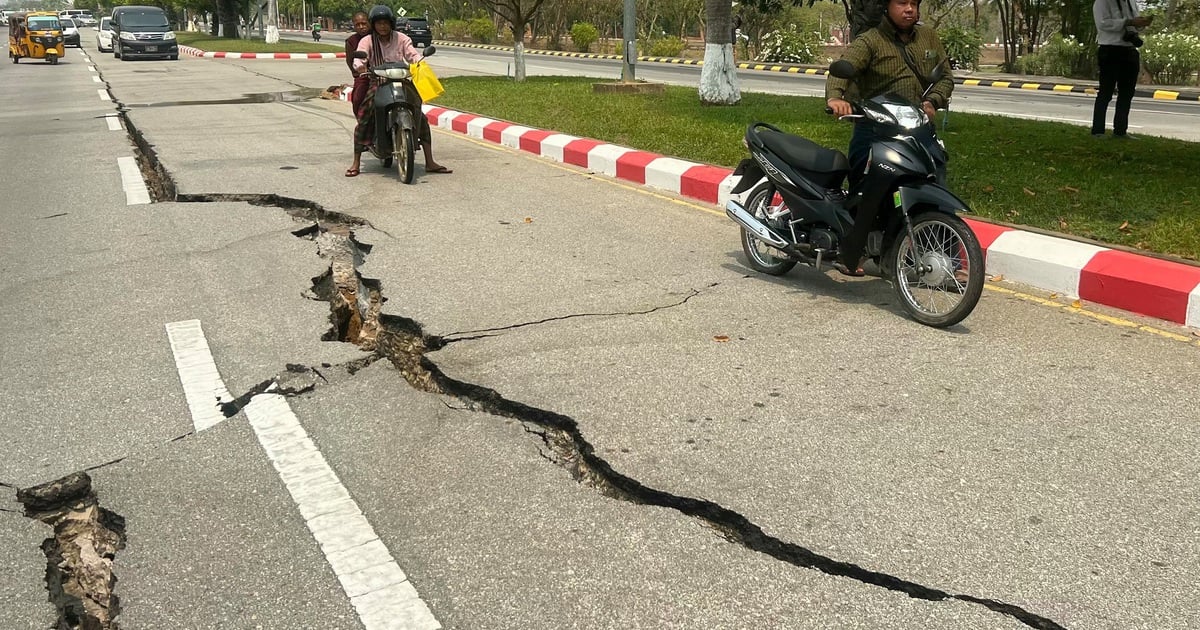
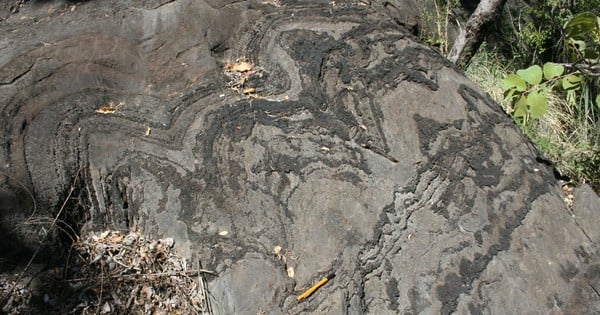

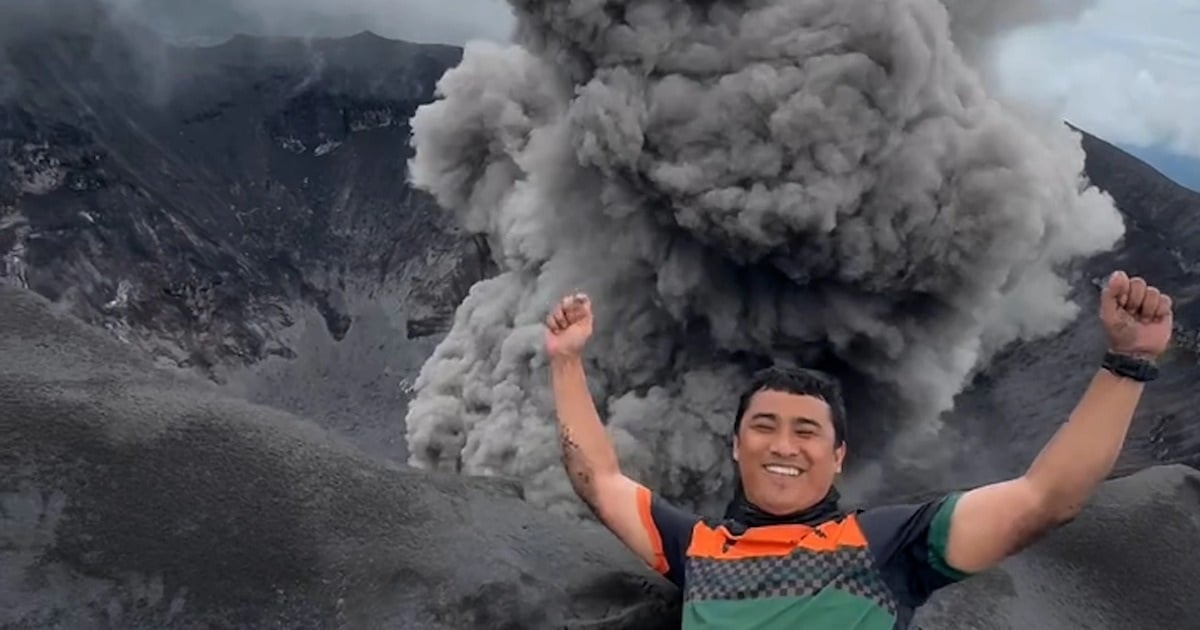

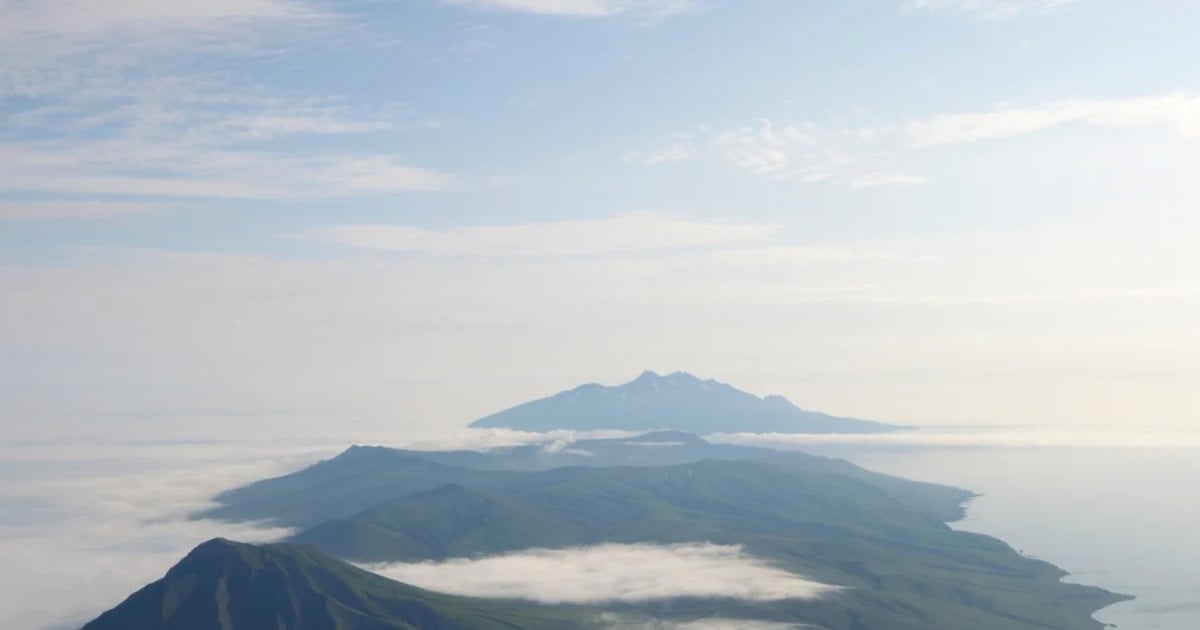

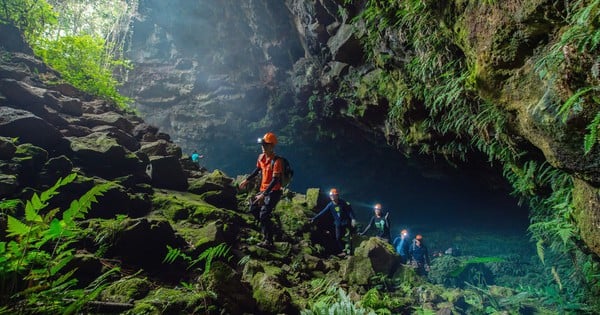
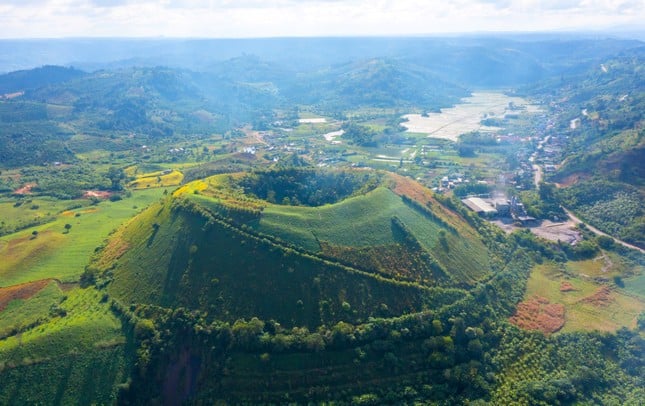


![[Photo] General rehearsal of the parade to celebrate the April 30th holiday](https://vstatic.vietnam.vn/vietnam/resource/IMAGE/2025/4/27/108ed9566ab24a16a67429edcafccac2)

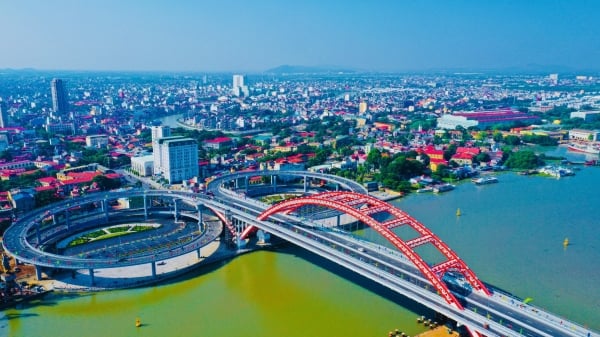


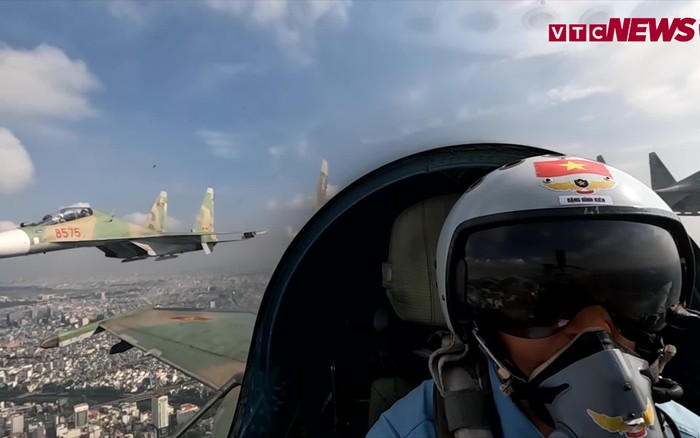
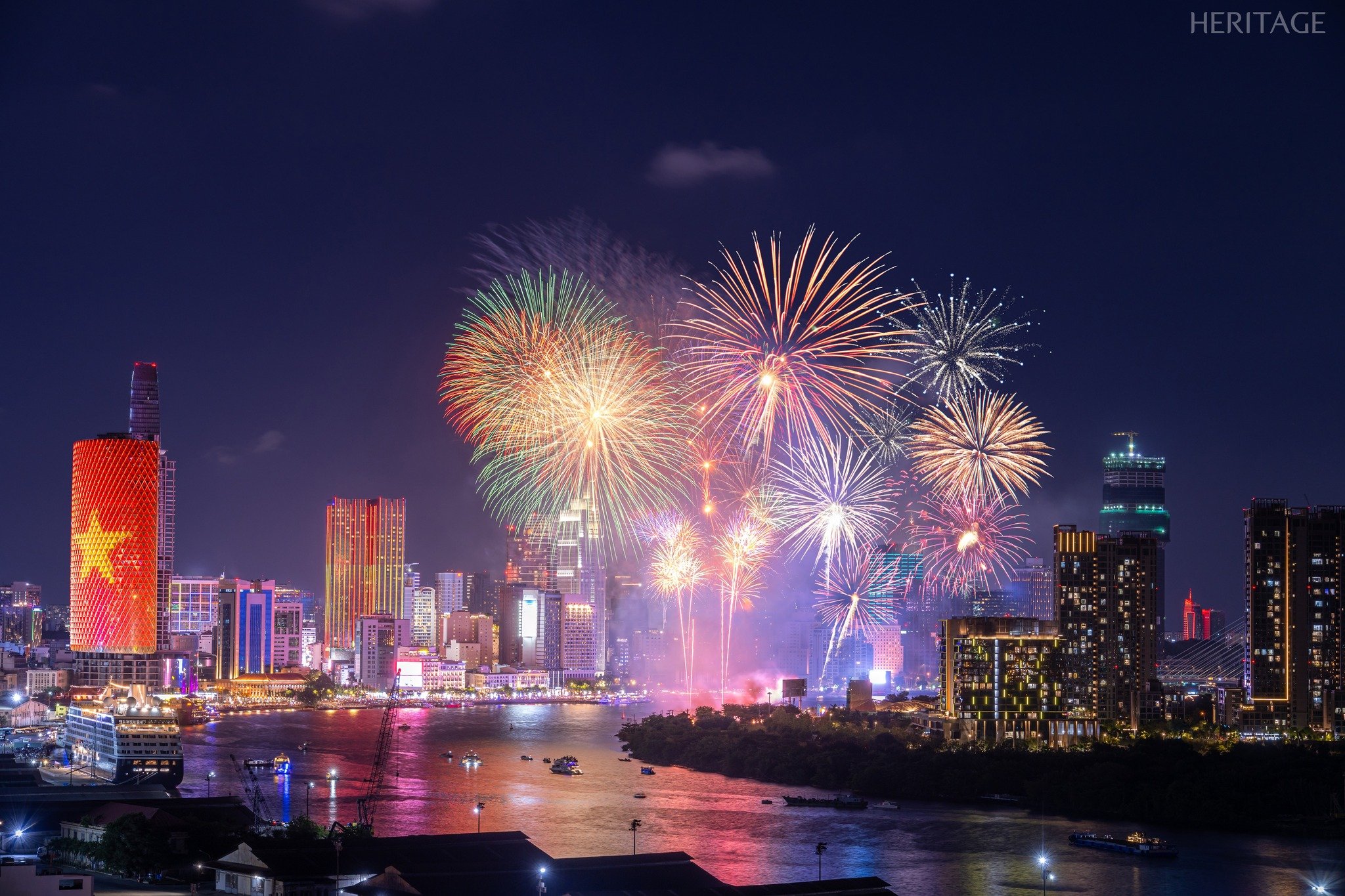


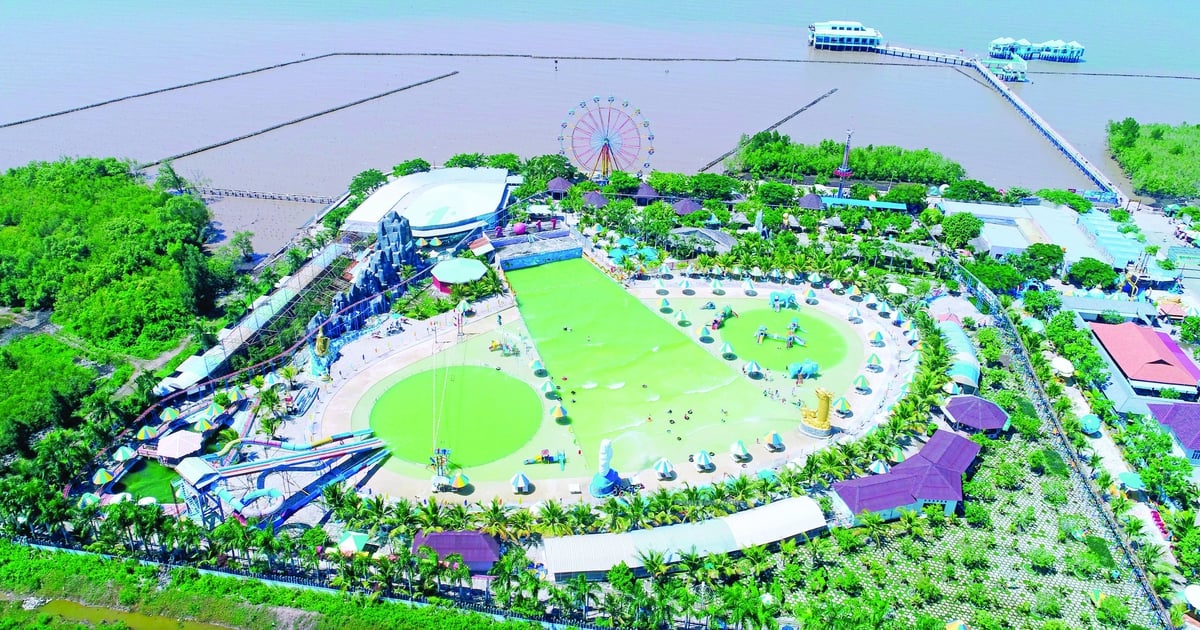




![[Photo] General Secretary To Lam receives Chairman of the Liberal Democratic Party, Japanese Prime Minister Ishiba Shigeru](https://vstatic.vietnam.vn/vietnam/resource/IMAGE/2025/4/27/63661d34e8234f578db06ab90b8b017e)
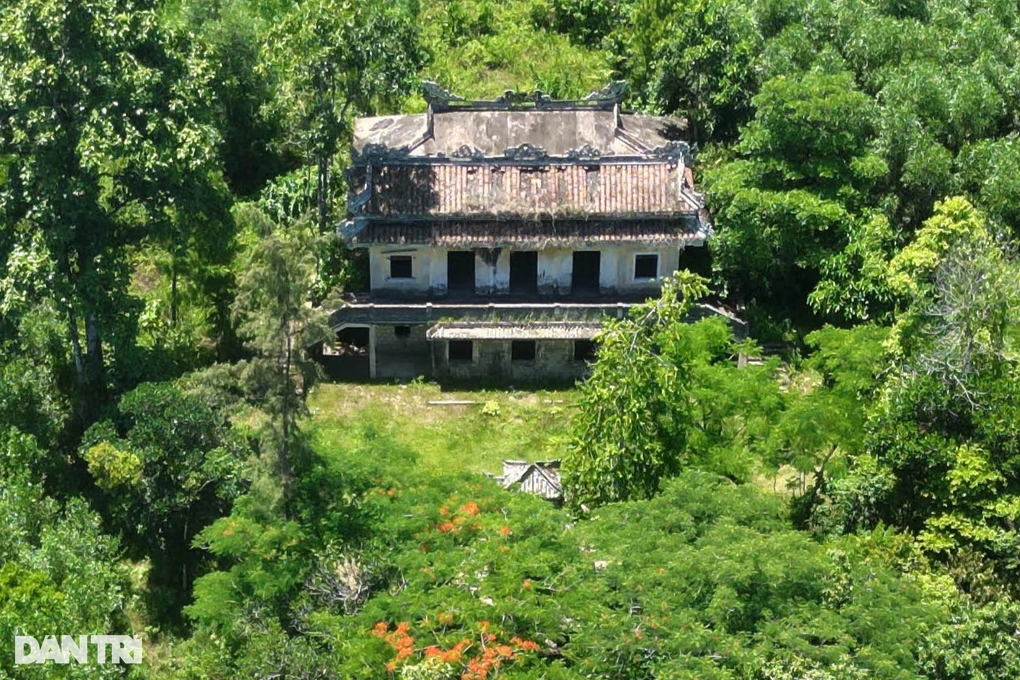





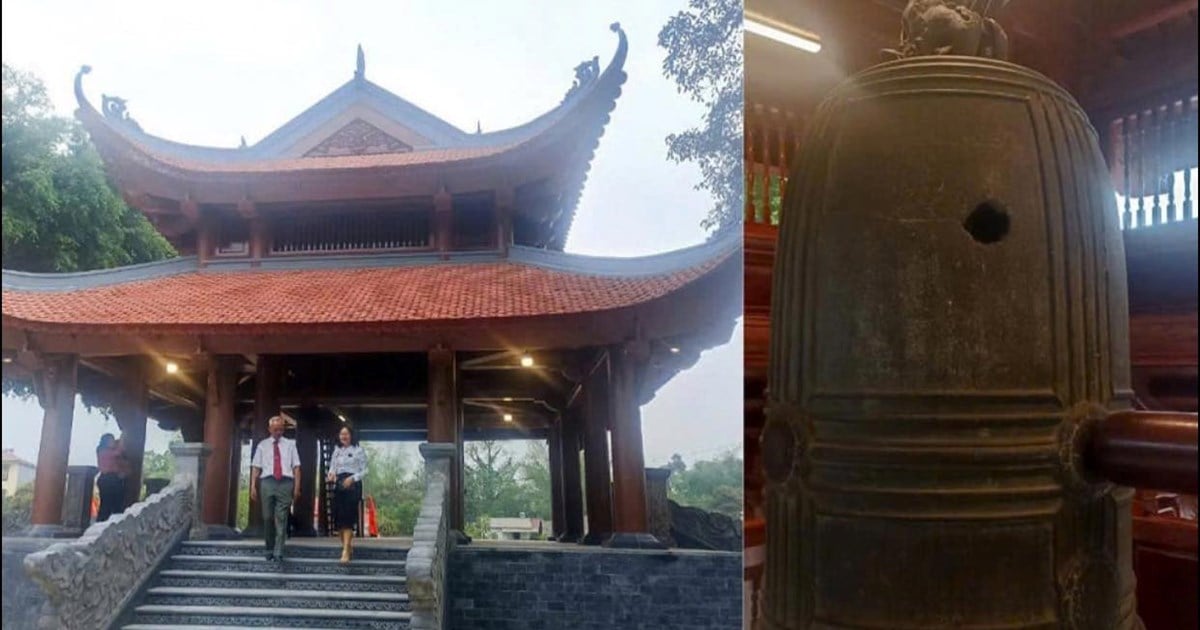

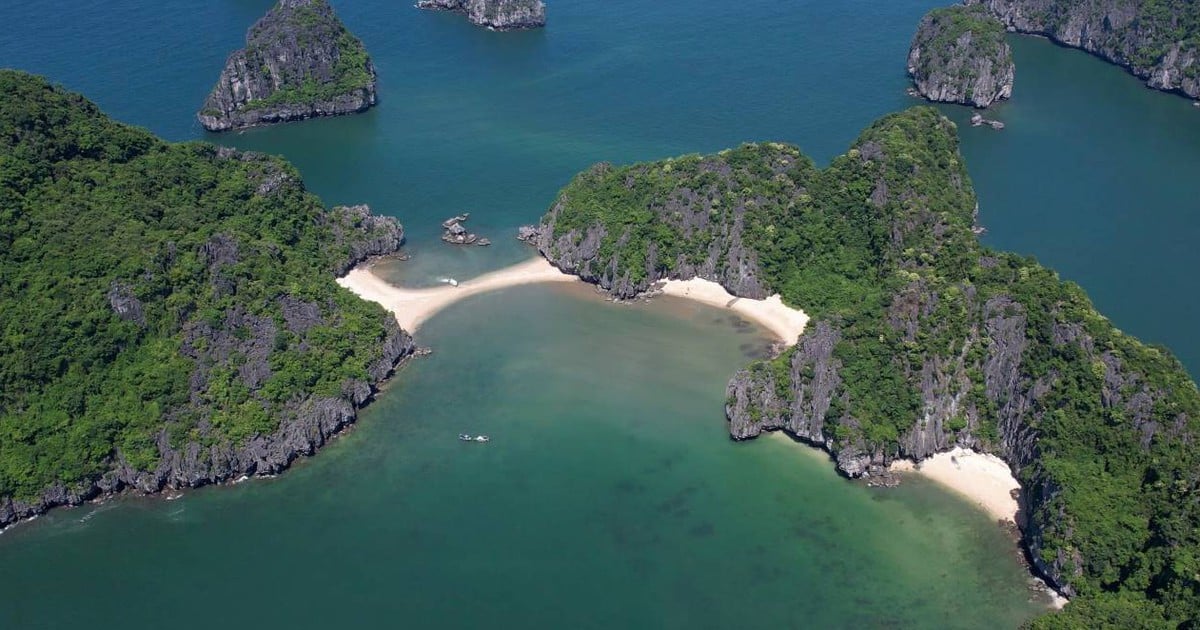




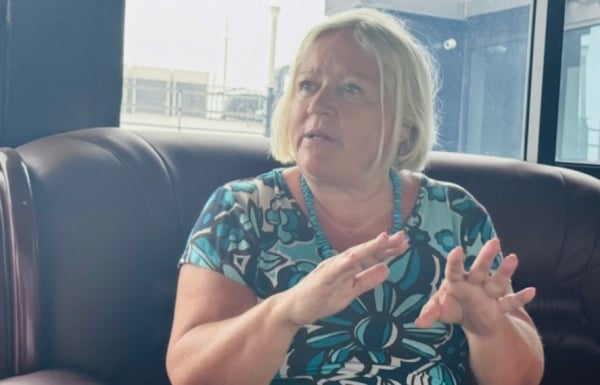

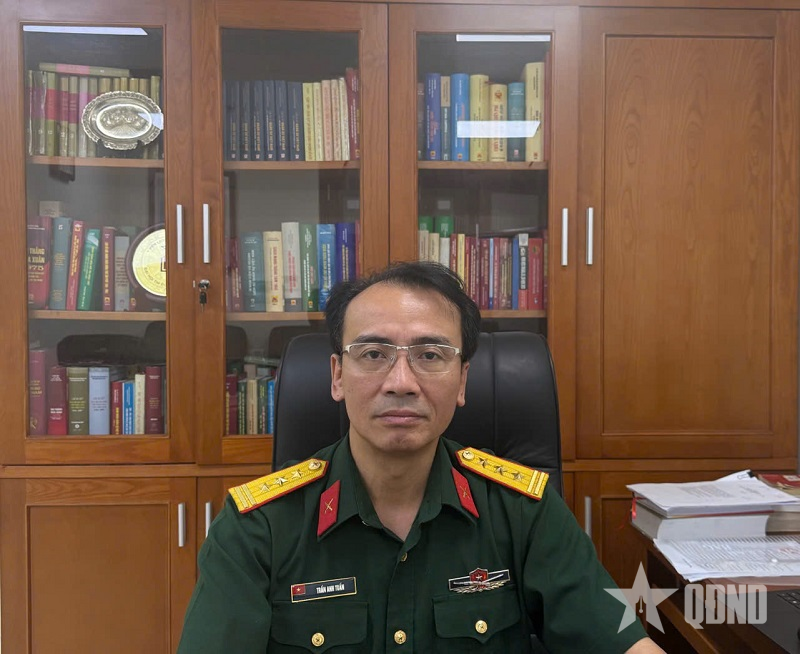











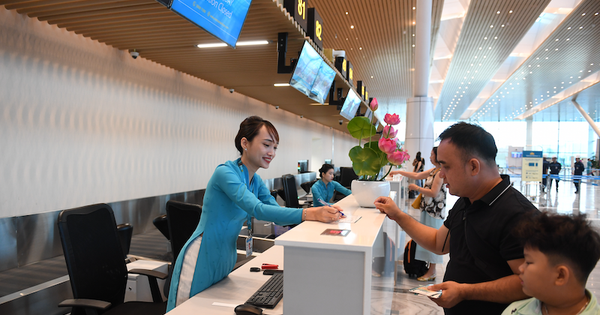


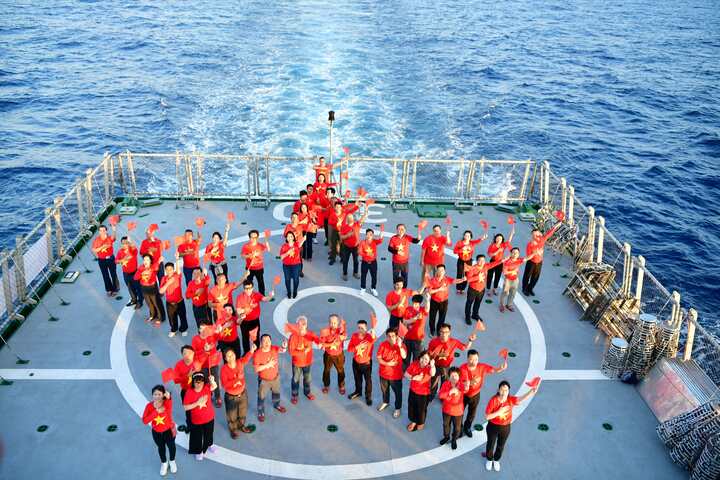


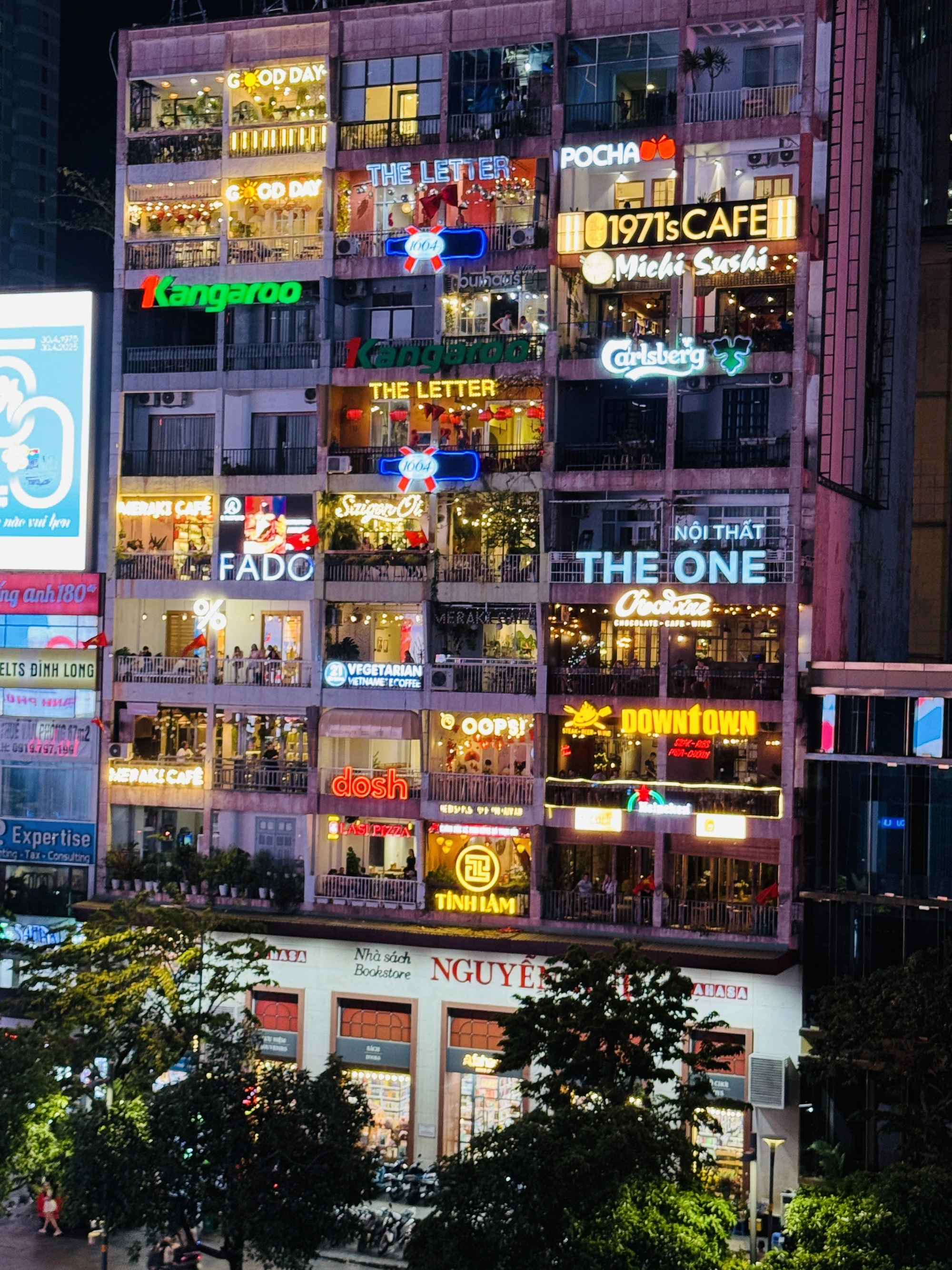









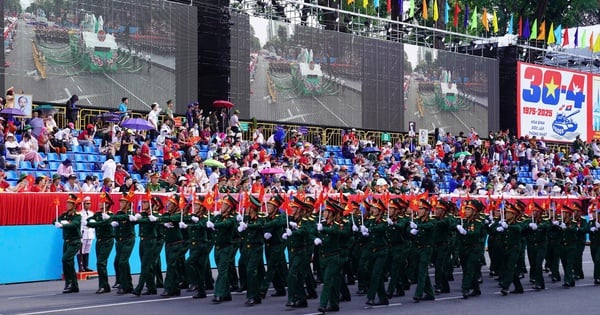




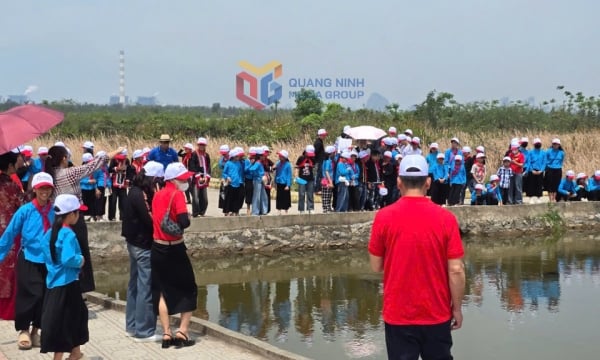
















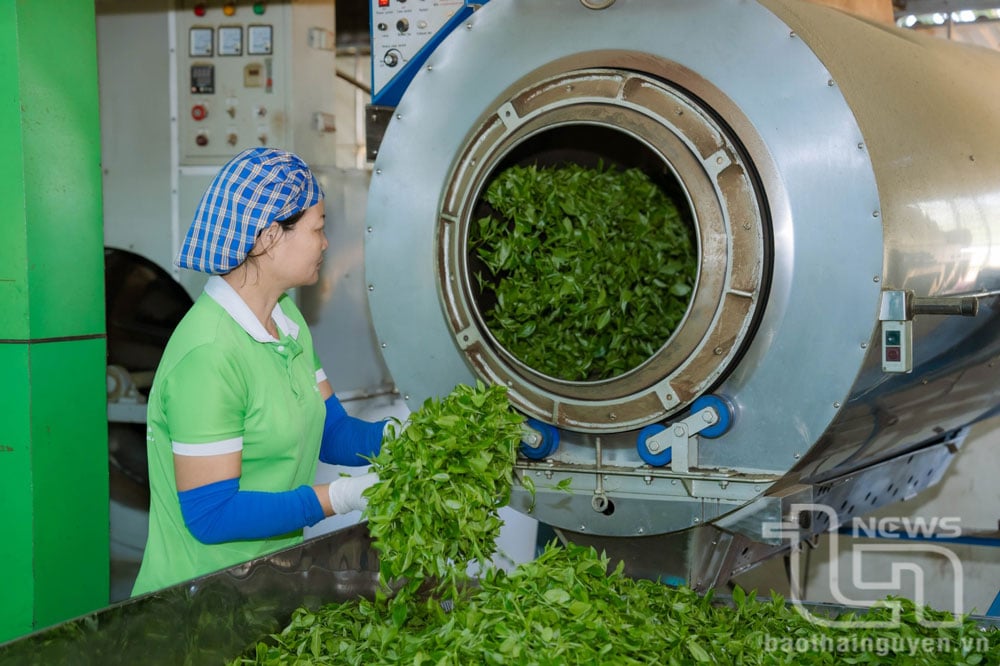

Comment (0)